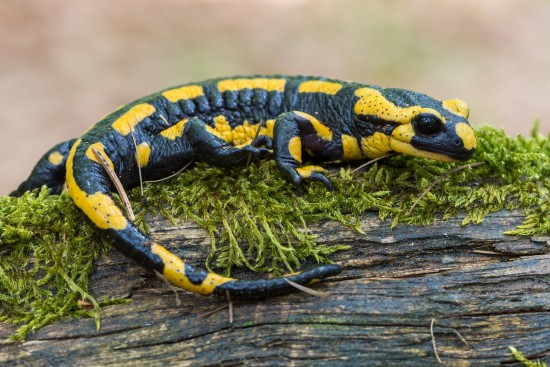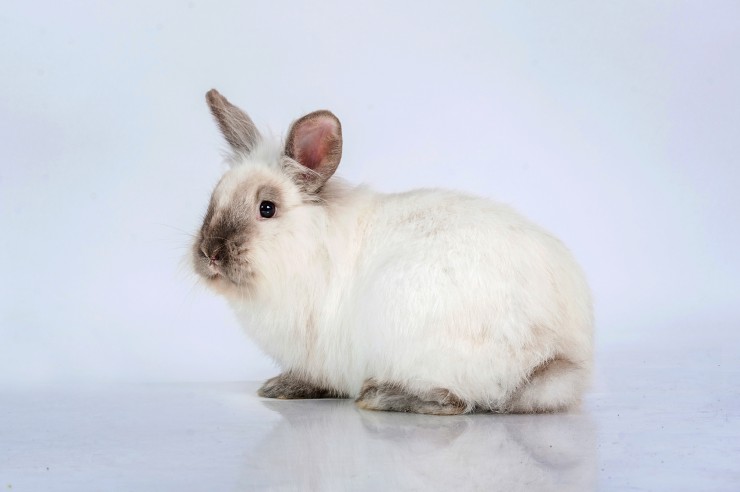Bolivian Rams, Jaguars and Zebras make you think of farms and jungles, but these are a few of the names of over 4000 species of tropical coldwater fish that come from all over the world. For those interested in keeping fish, tropical freshwater fish are the best choice. They are not so expensive as saltwater tropical fish and there is much more variety than ordinary goldfish. There are large and small, timid and dangerous, pretty and plain, racers and hiders. Some eat others, so must be kept separate, or put with species they don抰 eat.
!br>
When choosing your fish make sure you get them from a reputable store so that the risk of disease is reduced. You can tell if a store is reputable by looking around for a quarantine tank. Fish must come a long way to the fish nursery and should be kept in quarantine for a few weeks to make sure they are disease free. Otherwise all the healthy fish in the main tanks can be quickly contaminated. Some of the toughest fish are platys and barbs.
To tell if a fish is diseased, look for these symptoms.
?Fungal infection and erosion around the mouth.
?Bulging, opaque eyes.
?Spots, ulcers or hemorrhaging.
?Mucous or slime around the body.
?Belly bloated.
?Gills flared.
?Worms or mucous around the gills.
?Wool-like tufts on the body.
Stress is likely to cause fish to become diseased. Fish can be stressed by loud noise, tapping on the tank or too much handling. Water quality is another factor. The water must be kept clean and so must the filters. If the filter is not cleaned regularly, it will simply pour dirty water back into the tank.
There are some special needs that coldwater tropical fish have that must be met if they are to remain happy, healthy fish. First, make sure there are not too many fish for the size aquarium you purchase. Fish equal fish waste equals poor water quality.
Fish and plant waste creates a build-up of ammonia in the water, so it is important to not only have the biggest aquarium you can afford, but to change 20 percent of the water on a regular basis. You do this by using a hose to siphon off the water. A certain strain of bacteria called Nirosomonas is also used to eat up the ammonia and convert it to Nitrite. Another strain of bacteria called Nitrobacter then converts this Nitrite into the friendlier compound nitrate.
Even so, this must not be allowed to build up or the water will become toxic. These bacteria take time to colonize in the tank so don抰 be in too much of a hurry to introduce the fish. Chlorine must also be removed from the water as fish can抰 survive in that, so several weeks must elapse before the water becomes conditioned. There are plenty of 憈ap water conditioners?on the market for chlorine removal.
Once you have your aquarium, you抣l want to add plants, gravel and decoration, heater, thermostat, (temp. should be about 24 degrees) and filter. All must be thoroughly washed in fresh running water first, especially the gravel. You抣l need 5 to 10 cm of gravel at least half of which needs to be really fine so the plants can take root in it easily. Add the water only halfway before putting in the plants. If you want large rocks, make sure they can抰 topple over. Don抰 add the water right to the top in case you need to put your hands in to fix something. Don抰 have hand cream of any sort on your hands while doing all this.

 Shih Tzu Dog Hereditary Health And Health Testing
Shih Tzu Dog Here
Shih Tzu Dog Hereditary Health And Health Testing
Shih Tzu Dog Here
 How To Keep A Newfoundlands Coat Looking Good
How To Keep A New
How To Keep A Newfoundlands Coat Looking Good
How To Keep A New
 How To Keep A Pet Salamander Healthy And Happy
How To Keep A Pet
How To Keep A Pet Salamander Healthy And Happy
How To Keep A Pet
 How To Help Your Pet Rabbit Get Fit And Active
How To Help Your
How To Help Your Pet Rabbit Get Fit And Active
How To Help Your
 Keeping Your Dog Safe In The Car
Keeping Your Dog
Keeping Your Dog Safe In The Car
Keeping Your Dog